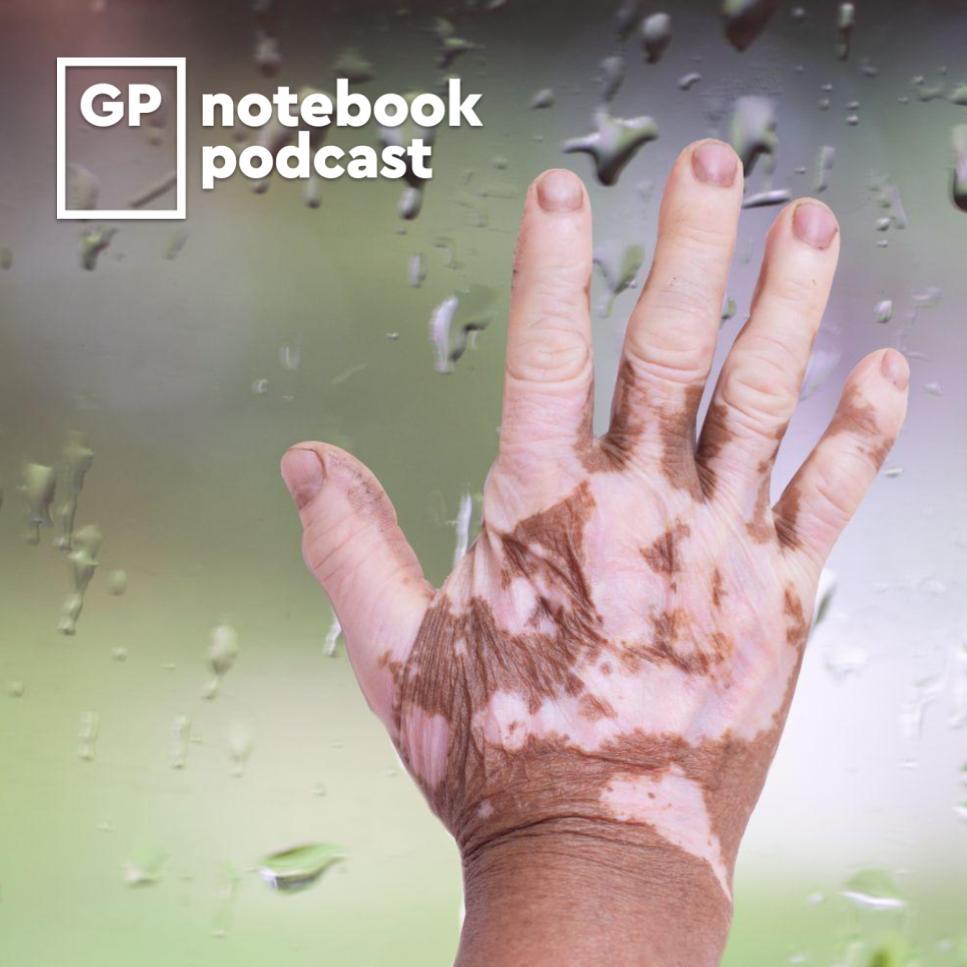Ep 31 – Diagnosing and managing Addison’s disease in primary care

Posted 13 Aug 2021
In this episode, Kevin discusses the case of Louise, a 19-year-old who has been living with type 1 diabetes for the last 12 years and hypothyroidism for the last 8 years. She presents to us in primary care with a history of recurring unexplained hypoglycaemic episodes despite proactive adjustments to her insulin regimen. In addition to her insulin, she is taking levothyroxine 150 μg/day. She has not recently made significant changes to her diet or daily physical activity. Louise has also been experiencing light-headedness when rising from a sitting position. She has a BMI of 19 kg/m2, and a recent HbA1c value was 63 mmol/mol (7.9%). You record her sitting blood pressure as 119/67 mmHg and her standing value as 99/72 mmHg. You notice some patches of vitiligo on her face. What should we do next?
Related podcasts:
Key references discussed in the episode:
- Burton C et al. Br J Gen Pract. 2015;65:488-490. doi: 10.3399/bjgp15X686713.
- Rushworth RL et al. N Engl J Med. 2019;381:852-861. doi: 10.1056/NEJMra1807486.
- Hanna FW et al. 2019;367:l6039. doi: 10.1136/bmj.l6039.
- Society for Endocrinology. Adrenal Crisis during COVID-19 pandemic.
Patient information:
Key take-home messages from the episode:
- If there is recurrent unexplained hypoglycaemia or diabetic ketoacidosis in a person living with type 1 diabetes (T1D), think Addison’s disease.
- An unexplained reduction of total insulin dose >15–20% (due to frequent hypoglycaemia) in a person living with T1D should also raise suspicion of Addison’s disease.
- Abnormal pigmentation in those with T1D warrants further investigation of adrenocortical function.
- Electrolyte abnormalities are often not present until an advanced stage; 20–30% of individuals do not have hyponatraemia or hyperkalaemia at any time.
- The diagnosis of adrenocortical insufficiency also requires simultaneous investigation of thyroid function and thyroid autoantibodies: 25% of those with Addison’s disease also have hypothyroidism.
- As a "rule of thumb", double the hydrocortisone dose during illness until recovery and add 5–10 mg to the usual regimen before any strenuous exercise.
- A random cortisol is of limited clinical value when testing for cortisol excess.
- Deficiency is highly unlikely if 9am cortisol >400–475 nmol/L. However, levels of 150–400 nmol/L require further investigation; and levels <150 nmol/L require urgent discussion with, or referral to, endocrinology.
Create an account to add page annotations
Add information to this page that would be handy to have on hand during a consultation, such as a web address or phone number. This information will always be displayed when you visit this page